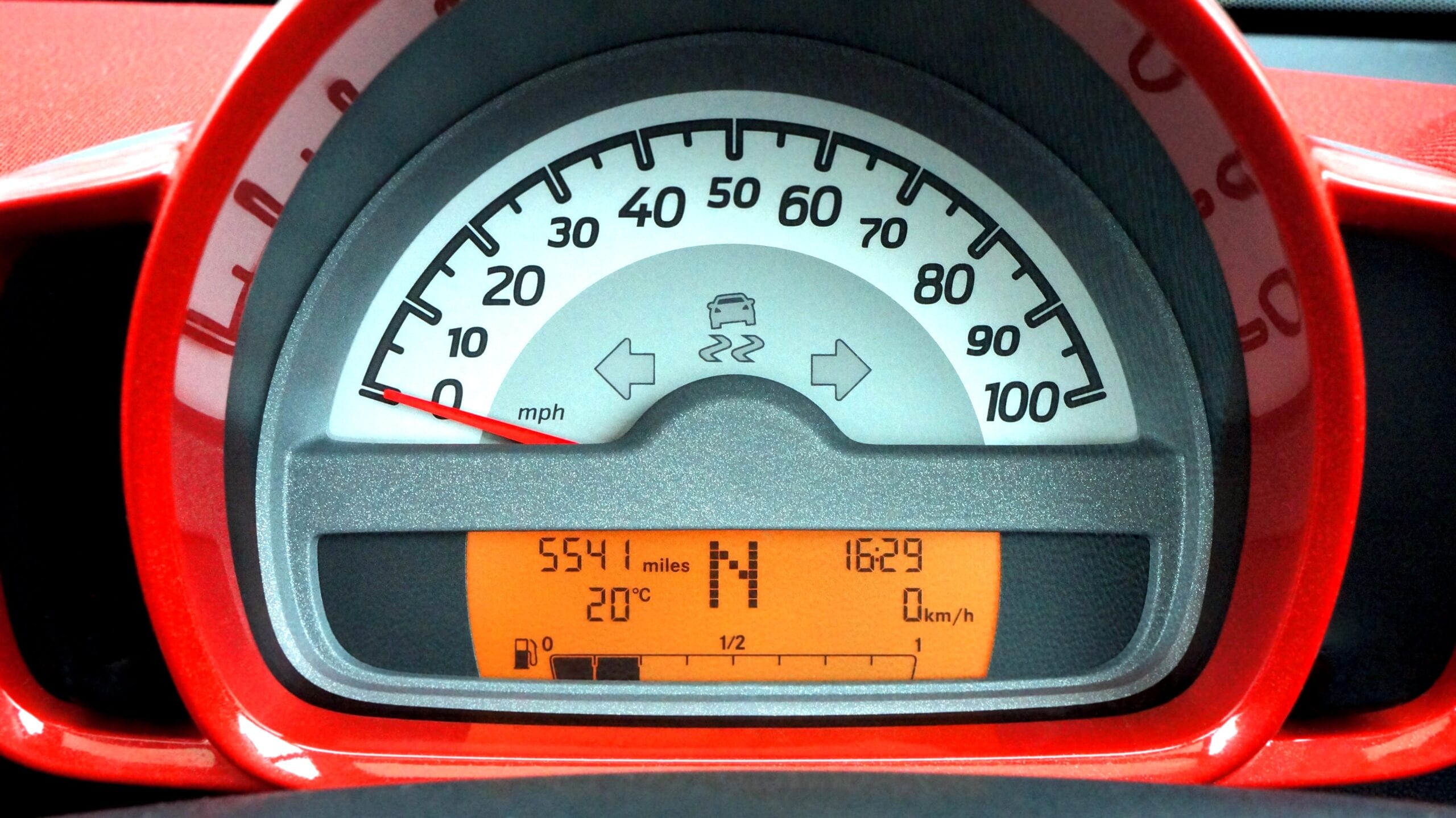How Leasing Kilometers Work
When you lease a car you must choose the number of months and the number of kilometers you want the vehicle for.
Most leasing companies will lease a vehicle for a minimum of 24 months (2 years) up to a maximum of 60 months (5 years).
If you return the car at the end of lease with more kilometers on it than the contract states, then you will be charged for having excess kilometers. You will only be charged for excess kilometers based on the total mileage on the car at the end of the term, not per individual year.
For example, if you leased a new car this year for 48 months (4 years) and bought 24,000kms per year (a standard term) then you can drive that car for a total of 96,000kms over the 48 month term.
How you get to this 96,000kms total does not matter.
If you drive 50,000kms in the first year but then only 15,000kms for each of the remaining years, you would not be charged for excess kilometers because your total mileage is still under the 96,000kms total that is allowed (50,000 + 15,000 + 15,000 + 15,000 = 95,000kms total).
Even though you were over the 24,000kms on the first year, you kept the total amount of kilometers under the maximum allowable that the contract states (96,000kms).
Lease Terms
The majority of lease kilometer terms for each manufacturer fall into two buckets:
- 20,000 kms per year (considered a low-km lease)
- 24,000 kms per year (a standard lease)
If you know that you may exceed the kilometers allowed in your lease, you can actually purchase more allowable kilometers up front when you’re signing the paperwork for the new car.
If you are charged at the end of the lease for excess kms, you are charged at $0.10 per kilometer over. If you choose to buy extra kilometers up front they only cost you $0.07 per extra kilometer (for most manufacturers). This is a savings of 30%.
If you’re over on your kms
If your lease is over on its kilometers but the term isn’t quite over you have a couple options.
- If you let the lease term mature, you will be sent a bill from the manufacturer for $0.10 per kilometer over and above what the lease contract states. If your contract states 96,000kms allowable and you had 105,000kms on your car, you would be charged $900 (105,000-96,000=9,000 | 9,000kms * $0.10 = $900).
- To avoid paying that $900 you could trade in your leased car before the end of the lease term.
The process is the same when you trade in your car whether it is leased or financed. The dealership will do an appraisal to determine the wholesale value of the car, and that value will be contrasted against what it would cost the dealership to buy out the remainder of the lease.
A lease buyout is made up of two parts:
- The remaining balance of the contract
- The residual value
The remaining value of the contract is how many payments are left owing on the lease term.
The residual value is the amount that the manufacturer determines the vehicle will be worth at the end of the term assuming the kilometers are not over and the car is in decent condition.
Basically, the residual value (AKA the lease-end value) is the portion of the price of the car that you DON’T pay under the lease term. This is why lease payments are typically lower than finance payments.
After the dealer has placed a trade-in value on your car they will compare that with the total cost to buy out the lease. If there is equity in your lease car, that equity can be transferred to the new car, lowering its payment.
If there is debt owed from your leased car, that debt gets rolled into the new lease, raising the payment accordingly.
When a dealer buys out a leased vehicle they are assuming the full condition of the vehicle and the manufacturer that leased it has no further interest in it.
This is why if you trade in your leased vehicle before the end of the term you won’t be sent a bill from the manufacturer, because the dealership you are trading your car in at is paying out the contract and the leased vehicle is no longer a concern of the original manufacturer.



